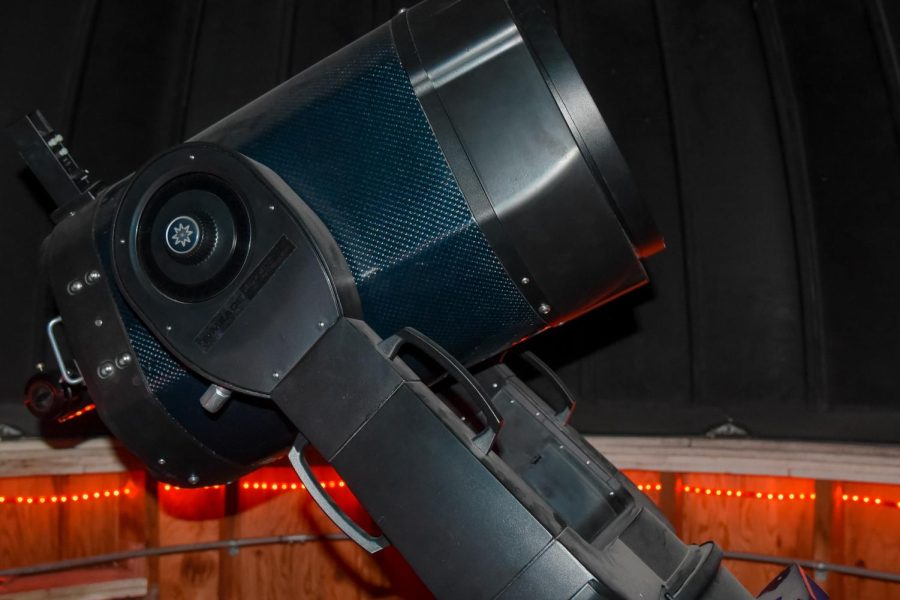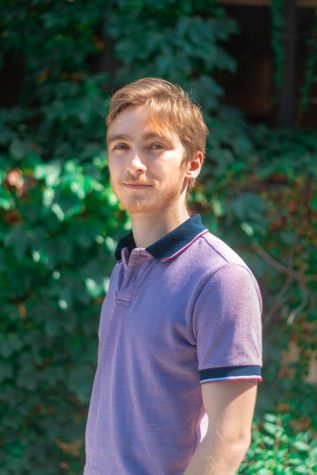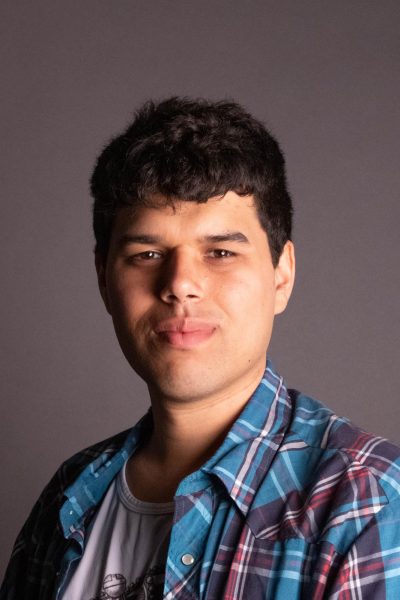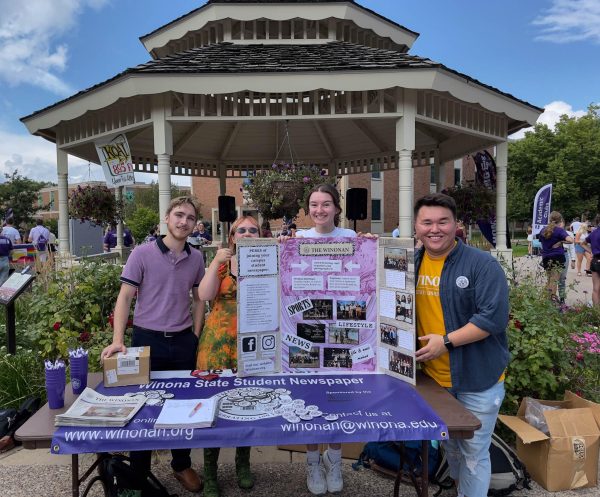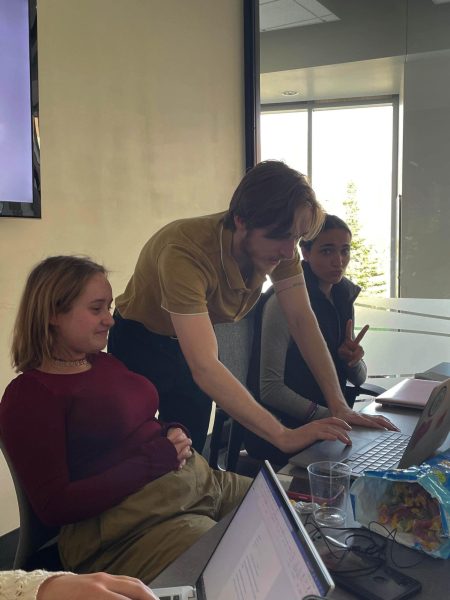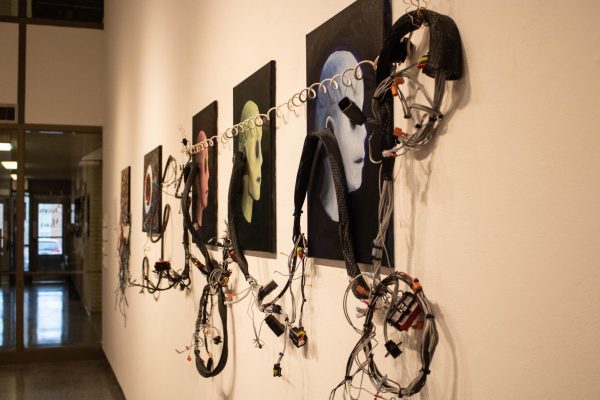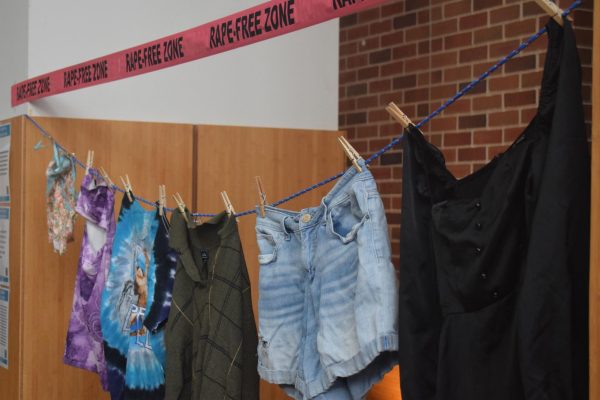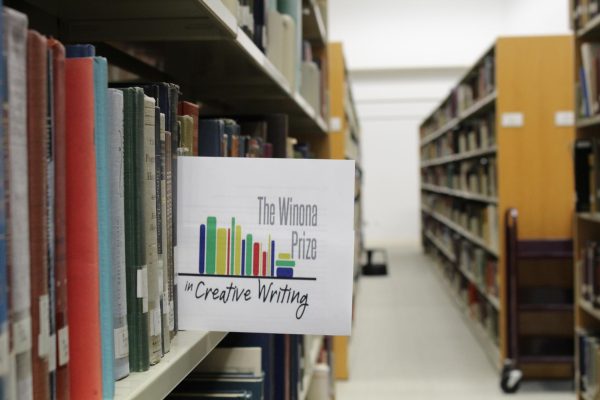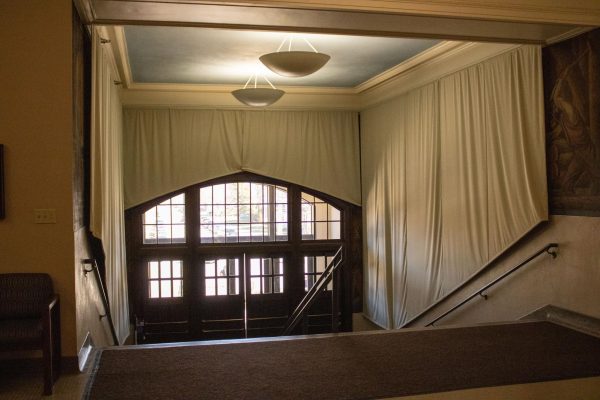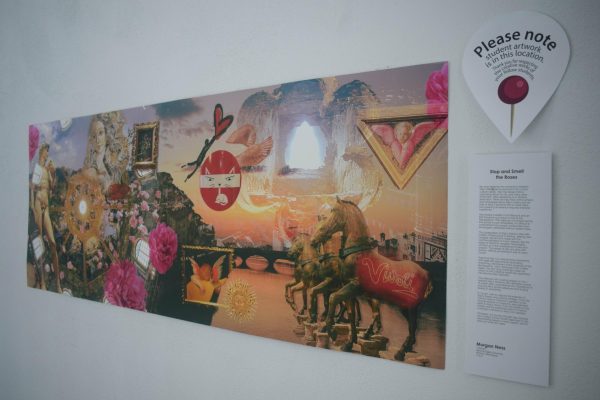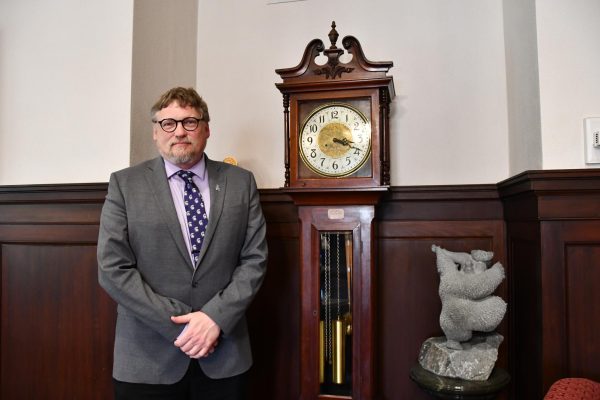Gateway to the stars: observatory reopens!
Dr. Jennifer Anderson has begun hosting monthly opportunities to view various exciting objects in the night sky. The observatory resides on top of Minné Hall. These meetings rely on clear night skies which gazers rely heavily on.
November 2, 2022
The observatory atop Minné Hall has reopened following its three year closure due to COVID-19. The Geoscience department has begun monthly observatory programming which provides students and the public with opportunities to view various exciting objects in the night sky.
These monthly viewings are managed by Dr. Jennifer Anderson. Anderson teaches several classes including astronomy, a common goal-fulfilling course. This Fall, the astronomy class has roughly 200 students, many of which attended the first observatory viewing in September.
“I can stand next to people while they look at Saturn through a telescope for the first time and that is one of my favorite things to do,” Anderson said.
The observatory sports a 12 inch Schmidt-Cassegrain reflector, affectionately named, “Stella”. This powerful telescope has the ability to auto-align onto objects and easily view things millions of lightyears away. On viewing nights, two eight inch telescopes would also be set up on the Minné roof to provide greater viewing opportunities.
“Generally, I just want to help people see and interact with and understand the planet they live on and the universe they live in a little bit better because I think there is something beautiful about it and I think it helps remind us of our humanity,” Anderson said.
On Oct. 27 the sky was too clouded out for viewings so the event moved indoors to Minné 103. There students could look at models of the planets in our solar system, one of the 8 inch telescopes, do the solar system walk and examine meteorites.
Despite the cloudy night, Anderson said her favorite thing to look at in the night sky is the Hercules Star Cluster. This beautiful globular cluster is made up of 40,000 stars and looks like a cotton ball in the sky. Through a telescope one can see the enormous amount of stars tightly clustered together. Anderson said she enjoyed thinking that if someone lived on a planet around a star from the cluster, it would always be daytime.
Kayla Godfrey is a fourth-year Earth and space science teaching major. Godfrey has been a teaching assistant (TA) in the Geoscience department for three years, primarily working with Anderson. Godfrey commented on why she enjoys being a TA.
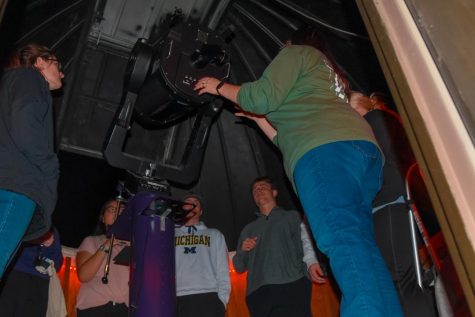
“Getting to see people click, and today we had our cratering lab and at the end of the lab I had one group say ‘This was the most we ever learned from any college class’,” Godfrey said.
Godfrey went on to explain the appeal of the observatory.
“As a kid you’re either a dinosaur kid, you’re a space kid, like there is something you’re really into and a lot of people are into space,” Godfrey said. “And they think, ‘Oh, I’m going to look into a telescope and see a little white dot,’ well maybe you’ll see four other little white dots next to it and that’s its moons…but you get to see a lot more because we have the expertise of Dr. Anderson and Professor O’Grady and we have the supplies.”
Godfrey commented that her favorite thing to look at through a telescope is the Moon, pointing out the interesting cratering and how those craters were made, along with the geology of the Moon which really fascinates her.
Anderson commented on her gratitude for Nathan Engstrom and the Leading Energy Savings and Sustainability (LESS) project which reduced light pollution on campus and improved star-gazing and observatory viewings.
“I think it is important for us to pause. I also think it is important, when we are constantly surrounded by machines that are recording us or that we are looking at, it is important to just stop and be a human and look up and feel the air on your face and hear the noises being outside and be outside in the darkness. Try to be in the darkness instead of all of the lights we have everywhere,” Anderson said. “Astronomy can give all of that to you.”
The next public observatory nights are on Nov. 17 and Dec. 1. There are also viewing nights in the spring for the first time ever. These occur on March 30 and April 27.























































